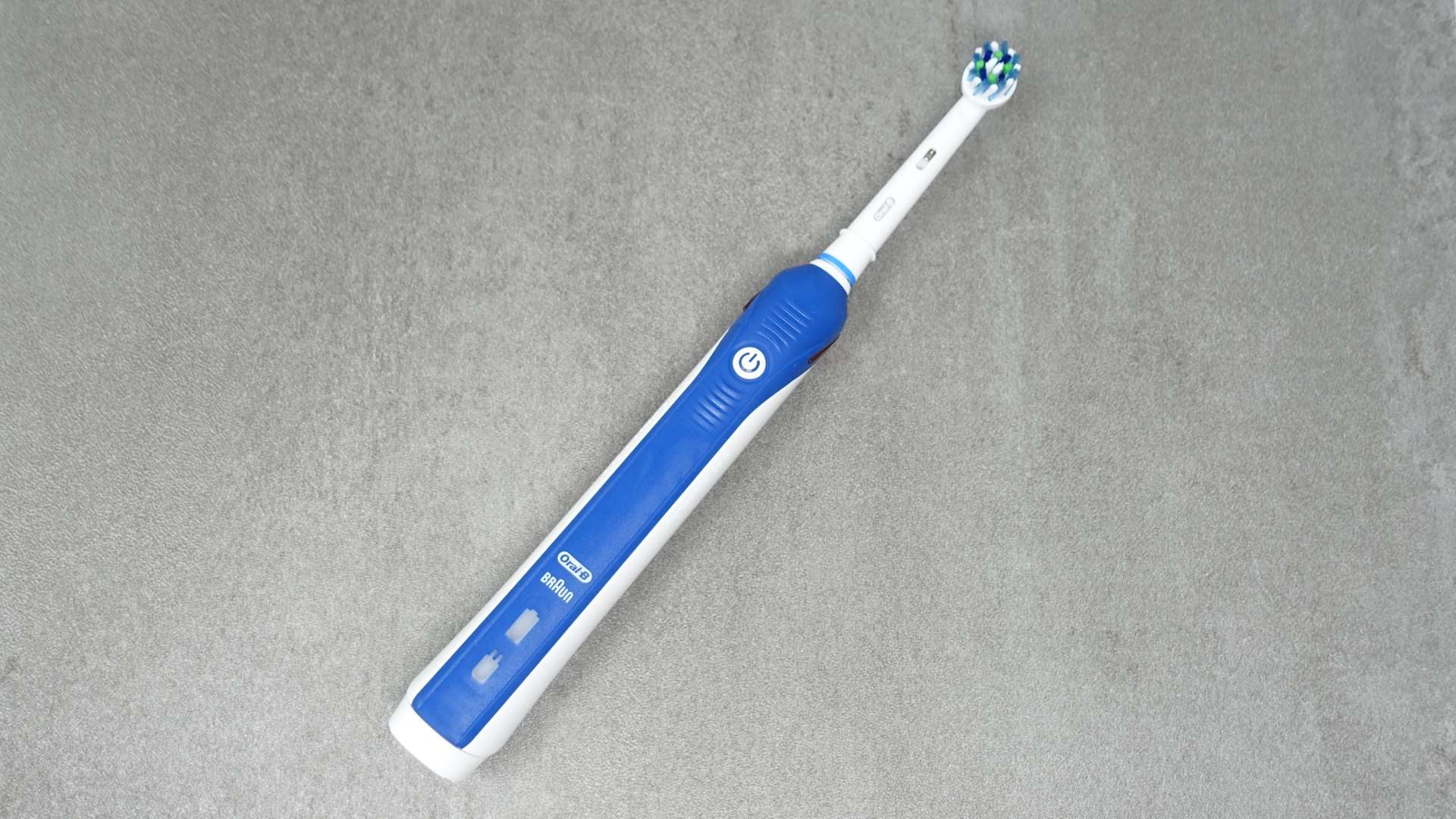
Oral-B is one of, if not the leading brand, within the consumer dental space, but what is its story?
Where did it originate from, how did it become so well-known and what does Oral-B stand for?
1930s to 1950s: inception and first patents
Oral-B began back in late 1930’s in California, America. In 1938 Henry Sargol invented a soft nylon bristled toothbrush with the name Oral-B (12).
However, it was not until January 13th 1950 that Oral-B truly became a reality. On this date, Dr. Robert W. Hutson, the more widely recognised founder of Oral-B, filed patent designs for the "Huston Toothbrush" with the US Patent Office. Dr. Hutson was a periodontist who lived from 1920-2001.
This patent was later granted on October 24th 1950 with patent number 160604 (1)(3).
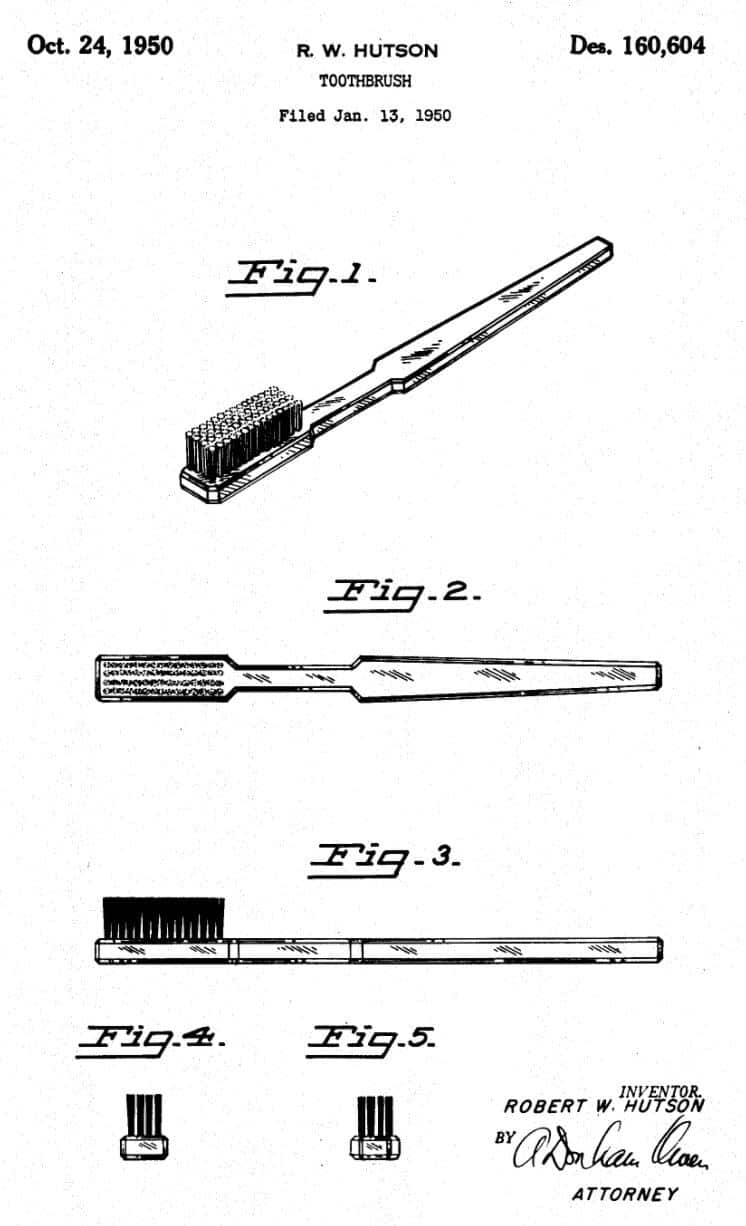
1958: a new "mouthbrush" is born
Fast forward to August 1958 and he was granted a new patent (number 2845649) for a “mouthbrush” that had a similar design to the earlier model but with numerous, fine, soft, flat-ended nylon bristles (4).
During the filing process Huston claimed that this brush was less abrasive to tooth enamel, better for massaging the gums and more effective at picking up tooth powder than other brushes available at the time.
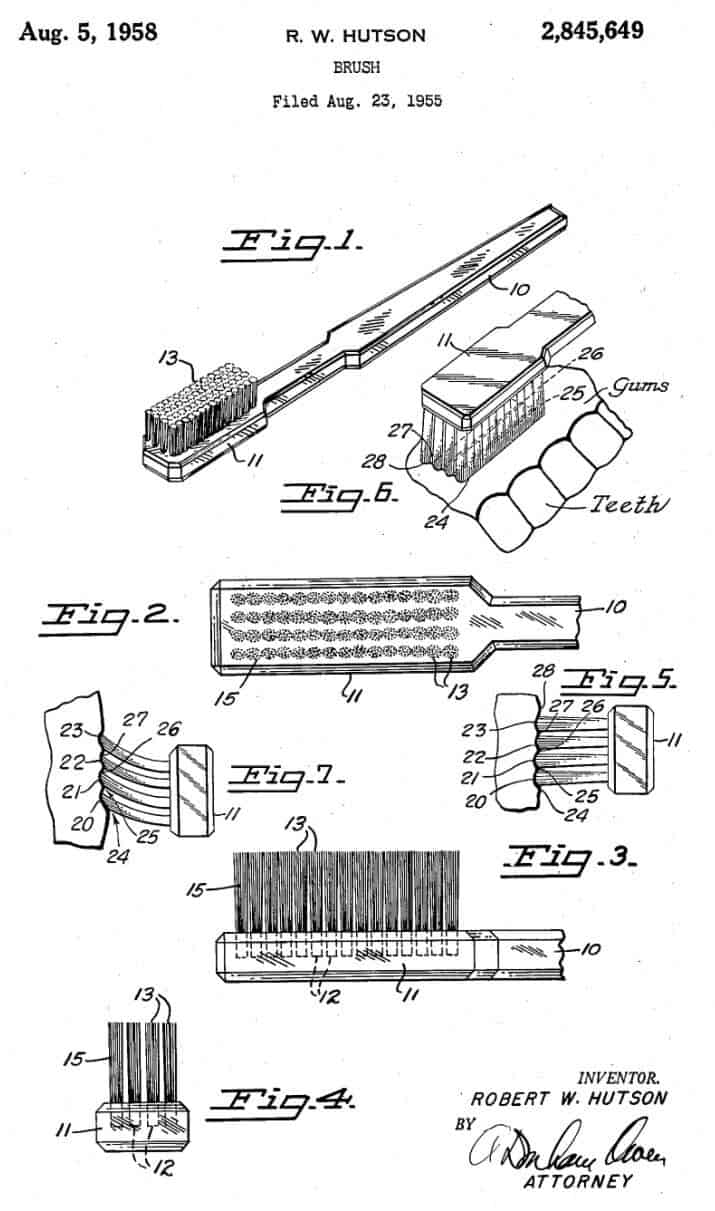
The Oral-B name emerges
The exact time when the Oral-B name came about is unclear, but it is believed that the first product was known as the ‘Oral-B 60’ because it had 60 tufts of bristles.
Other models were made with differing numbers of tufts with corresponding names.
Within 10 years of of creating that first patented brush, it is believed that the company was selling over 5 million brushes a year. This was due not only to the great design, but other dental professionals across the country recommending Hustons product (2).
1960s: popularity grows
Huston sold Oral-B in the 1960’s but continued to work at his practice as a periodontist in San Jose.
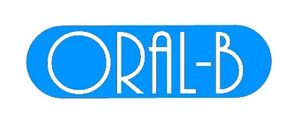
It is understood that this sale was to Martin H Smith Co, which then incorporated as Cooper Tinsley Laboratories in 1961 and changed its name to Cooper Labortories in 1967 (5).
During this time the company was developed radically and the Palo Alto firm branched out into other dental products including fluorides and flosses.
1969: Oral-B aboard the Apollo 11
It is believed that in 1969 Oral-B brushes made their way on board the Apollo 11 mission to the moon (1).
In 1984 the Gillette group acquired Oral-B, giving money and pace to grow the brand and the innovations. $188.5 million in cash was paid, which was at the time thought to be fifteen times the net earnings of the business and its assets (6)(7).
Braun, which was another brand within the Gillette group of companies, began using the Oral-B name for the first electric toothbrushes to be made by the company, although it is believed there was a ‘D1’ model released prior to this (12).
In 1991 the company won an Edison Award for the indicator bristles design that is now common on Oral-B toothbrush heads (1). These bristles fade when it is time for the brush head to be replaced.
1993: the revolutionary Oral-B Advantage is launched
1993 saw the introduction of the Oral-B Advantage, which was at the time considered a revolutionary toothbrush. It had a multi level-trim pattern to the bristles, offering better and more effective cleaning (1).
In 1998 the CrossAction toothbrush was launched. It had angled bristles and is today the primary head shipped with electric brushes (1).
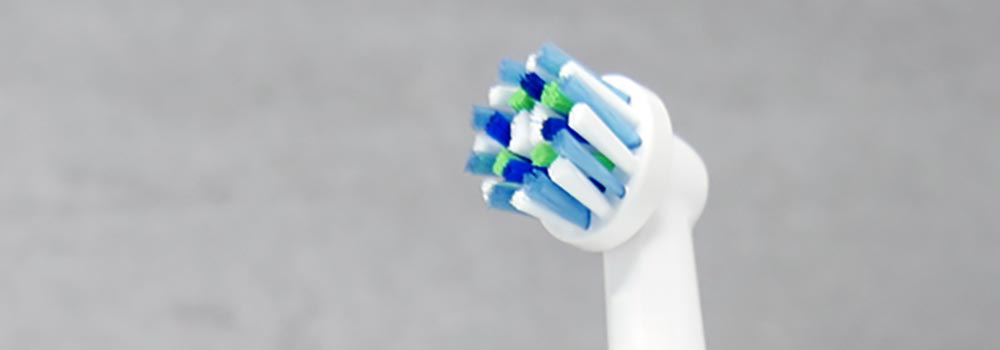
2003: kids brushes are launched
In 2003 the Oral-B Stages line was introduced, marking the first time childrens' toothbrushes had been designed for the four different stages of a child's development (1).
Since 2005 Oral-B has been part of the Procter and Gamble company after its merger with Gillette (8).
2010s to present day
Today, the Oral-B brand is used for more than just toothbrushes. It also sells toothpastes, flosses, oral irrigators and interdental products and is one of the leading brands within the dental care industry.
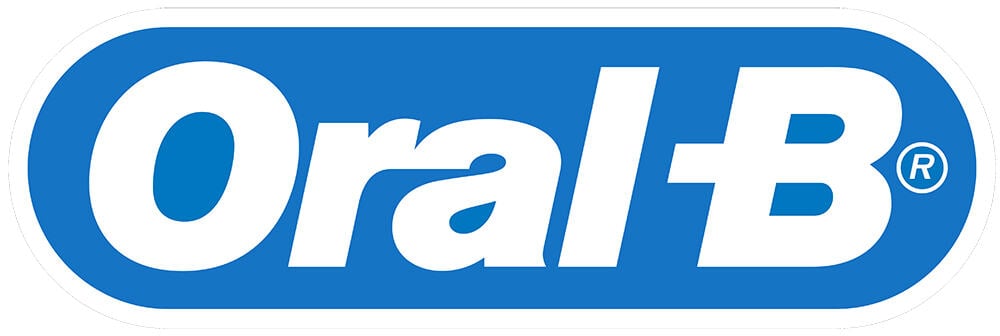
With the history of Oral-B explained, one major question still remains:
What does the name Oral-B stand for?
It is understood that Oral-B is short for ‘Oral Brush’.
This is essentially what a toothbrush is, an oral brush, but that doesn't sound quite so catchy, so 'Oral-B' was used instead.
Found this article interesting? Maybe you would like to read about the history of the electric toothbrush.
Sources
- http://www.webcitation.org/6RU7MjO2S
- http://www.sfgate.com/news/article/Dr-Robert-W-Hutson-Oral-B-originator-2917333.php
- https://www.google.com/patents/USD160604
- www.google.com/patents/US2845649
- https://en.wikipedia.org/wiki/The_Cooper_Companies
- http://www.nytimes.com/1984/04/05/business/gillette-will-buy-cooper-s-oral-b.html
- http://www.encyclopedia.com/social-sciences-and-law/economics-business-and-labor/businesses-and-occupations/gillette-company
- http://news.bbc.co.uk/1/hi/business/4214485.stm
- https://www.wsj.com/articles/SB110693197048439468
- https://en.wikipedia.org/wiki/Oral-B
- https://www.google.com/patents/US4802255
- https://www.wholesaleforum.com/discuss/dental-supplies-2697/oral-b-wholesalers-trade-suppliers-branded-toothbrushes-toothbrush-heads-toothpastes-mouthwashes-36826/

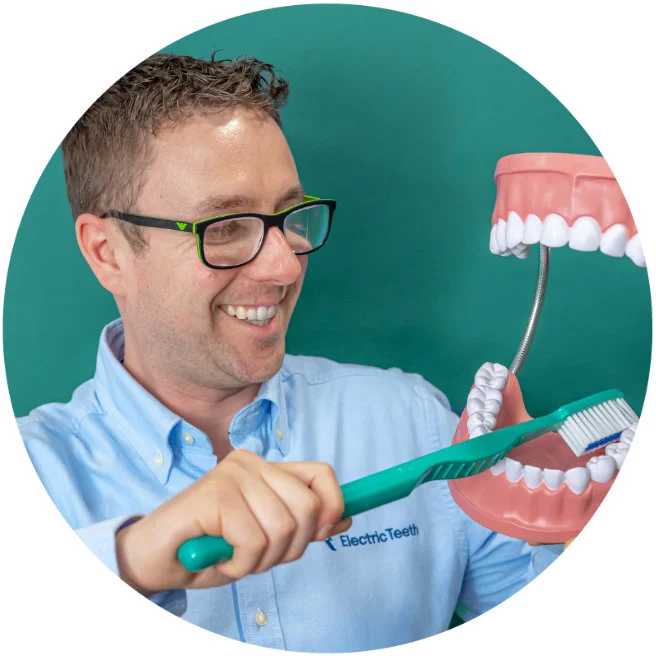

I was wondering in what country the Oral-B electric toothbrushes are made, if you know? Thank you.
Hi Miriam. I do believe it is subject to change, but many of the models I have here are made in Germany.
Thank you Jon! Miriam